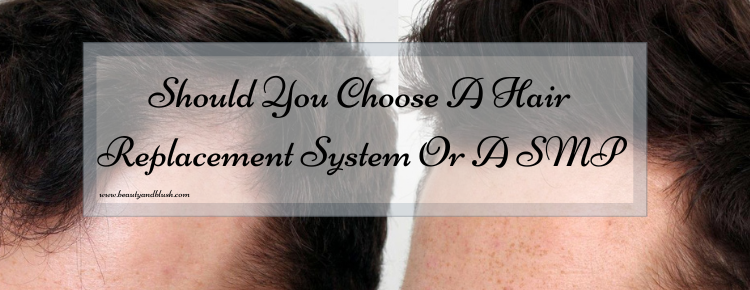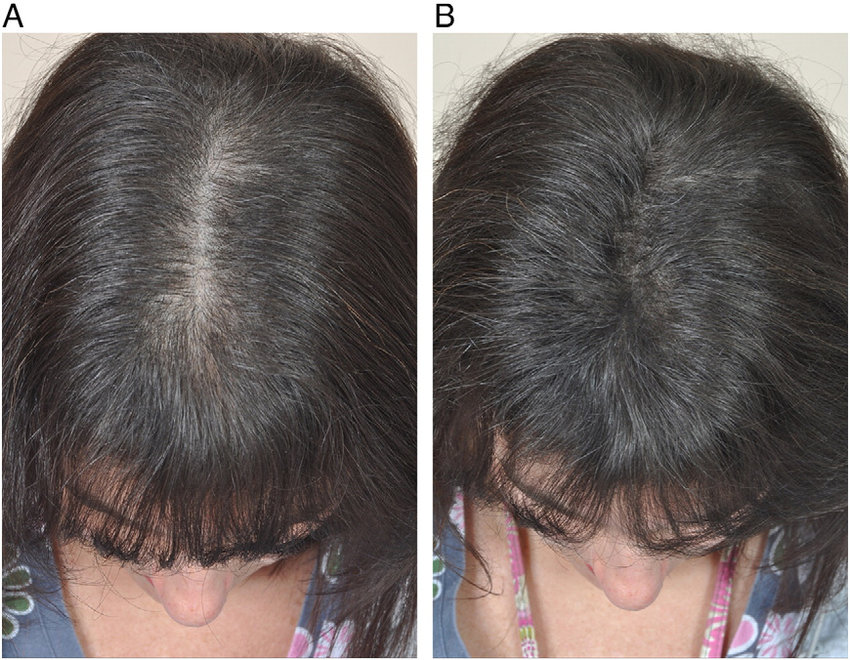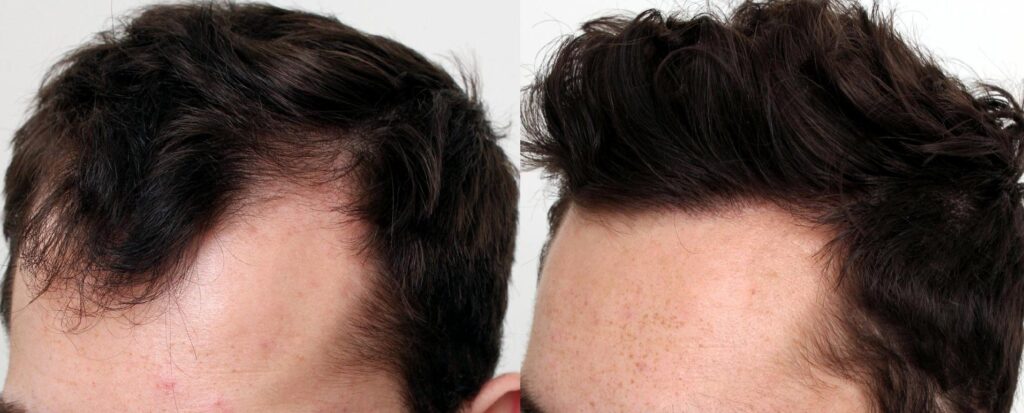Should You Choose A Hair Replacement System Or A SMP
Hello Everyone,
In essence, hair replacement methods are wigs or toupées. Contrary to the blatantly synthetic wigs that most people associate with the term “toupée,” hair replacement systems come in a wide range of quality, with some being nearly indistinguishable from actual, natural hair.
Numerous stock systems or hairpieces are available at the lower end of the spectrum. A lot of them feature either synthetic or human hair in a range of hues and lengths attached to a polyurethane base that rests against your head.
A stylist may cut many hair replacement systems that use human hair to match your natural hair and they tend to blend in rather well, unlike artificial hair systems that often look, well, fake.
An the more expensive end of the scale offers a variety of hair systems that are specifically made to complement your hair’s color, style, and head shape. Some of the higher-quality hair systems can look incredibly genuine, however a sharp eye might be able to notice it.
A hair replacement system might provide the following benefits if you’re balding or have considerable hair loss:
Cost:
Wearing a hair replacement system is far less expensive than having surgery.
Convenience:
A typical recuperation period for surgical treatments like hair transplantation is one to two weeks. Comparatively, installing a hair system prior to leaving the house can be a simpler, more practical solution.
On the other side, there are a number of drawbacks to hair replacement methods. These may consist of:
Poor Quality:
The quality of hair systems can vary greatly, with some low-end products being poorly manufactured and unconvincing. Using a hair system might not be for you if your hair “looks false” concerns you.
Cost:
Even if the price of some hair systems can be a benefit, it can also be a drawback. Cheap hair systems frequently look cheap, whereas convincing hair systems can often be rather pricey.
Longevity:
Many hair systems are only intended to be worn for a few weeks or months before needing to be replaced. This can add up over time, both financially and in terms of the time you have to spend managing different hair systems.
Micropigmentation of the scalp
Small, tattooed dots are used during the non-surgical process known as scalp micropigmentation, or SMP, to give the illusion of fuller hair.
Although it doesn’t replace hair, the dots that micropigmentation creates on the scalp can conceal bald spots and mimic the appearance of thicker hair.
Alopecia areata, scarring alopecias, and male pattern baldness are just a few of the hair loss conditions that can be treated cosmetically by micropigmentation.
It can also be used to hide scarring from hair transplant surgery, which, when done using outdated methods, can result in scars that are clearly apparent and parts of the scalp where little to no hair grows.
Scalp micropigmentation is a non-surgical alternative for treating hair loss, and it has benefits and drawbacks. The following are benefits of scalp micropigmentation:
Convenience:
Micropigmentation of the scalp is a non-surgical process. As a result, it doesn’t result in the same level of agony, discomfort, or recuperation time as surgeries like hair transplant surgery.
A lack of upkeep:
There’s no need to micropigment your scalp, unlike with a hair system. The pigmentation is placed to your scalp once the process is finished for the long term and typically doesn’t require much upkeep.
The following are some drawbacks of scalp micropigmentation:
A strange appearance:
In general, scalp micropigmentation results in excellent patient satisfaction. However, it might not give a natural-looking effect when done incorrectly or on a scalp with little to no hair.In essence, it is a tattoo. Remember that you are essentially getting many tattoos on the affected area. This implies that as your skin matures, the ink’s hue may vary.
You could have consequences like an infection or an allergic response to some of the ink’s pigments if it isn’t done by a specialist.
Cost:
Despite being generally more expensive than hair transplant surgery, scalp micropigmentation is still a very pricey operation. The average cost of a scalp micropigmentation surgery is from $1,500 to $5,000.
What Advantages Do Non-Surgical Hair Replacements Offer?
The use of a hair system is less expensive with non-surgical hair replacement, and there is no regular medication intake required.
The fact that non-surgical hair replacement produces results right quickly, or at the very least an aesthetic enhancement, is arguably its greatest benefit. If you choose a hair system, as soon as it is attached to your scalp, you will appear to have a complete head of hair.
This can build confidence quickly and easily without requiring a lengthy commitment like taking drugs.
In order to put this into perspective, it typically takes finasteride and minoxidil hair loss treatments three to six months to show apparent improvements and up to a year to significantly improve problems like hair thinning.
Additionally, surgical procedures like hair transplants take a lot of time. The operation may take several days to complete, and it may be months before your new hair fully regrows.
In contrast, getting a hair system installed is typically a quick and simple process, and wearing the hair system once it is fitted rarely requires much time.
The cost of non-surgical hair restoration is an additional advantage. Hair transplant surgery can cost tens of thousands of dollars, especially if you desire a full head of hair following the treatment. Hair loss medicine, however, is by no means expensive.
The cost of a hair transplant procedure is much more expensive than several moderate to high grade hair systems, which may be purchased for a few hundred dollars instead.
As you can see, these are both viable options depending upon your specific needs and budget. However, it is good to know that there is a solution available and you do not have to live with hair loss.



